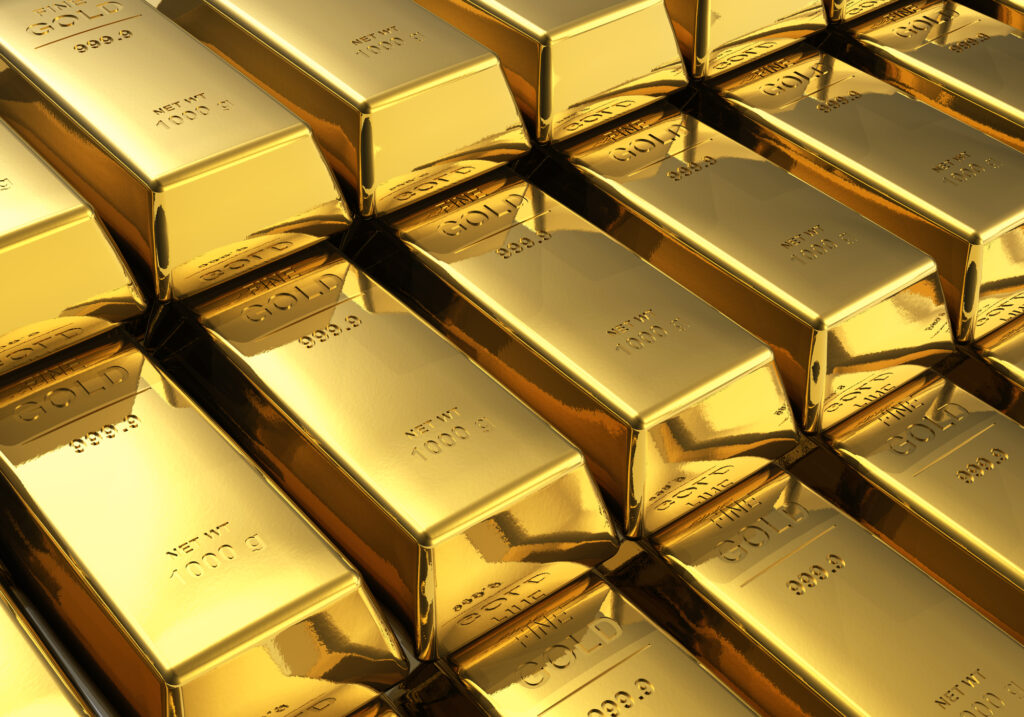Welcome to our latest blog post, where we will be discussing a fascinating topic: is there gold in the sun?
Here Is How There Is Gold In The Sun
In fact, all elements heavier than helium are thought to have been formed in stars, including our sun. Through a process known as nuclear fusion, atoms of hydrogen are fused together to form helium, releasing a tremendous amount of energy in the process.
As the sun burns through its hydrogen fuel, it continues to fuse atoms together, creating heavier elements such as carbon, oxygen, and, yes, even gold. This process is known as stellar nucleosynthesis, and it is responsible for the creation of all the elements in the periodic table. So, while it may be impossible to mine gold from the sun, it is thanks to the nuclear fusion taking place within our star that gold exists on Earth.
In this post, we will explore in more detail the science behind this process and what it means for the gold in our world.

Is There Gold In The Sun?
Yes, there is gold in the sun. The sun, like all other stars, is composed mainly of hydrogen and helium. However, through the process of nuclear fusion, atoms of hydrogen are fused together to form heavier elements such as helium, carbon, oxygen, and gold.
This process is known as stellar nucleosynthesis and it is responsible for the creation of all the elements in the periodic table. However, it is not possible to mine gold from the sun as the sun’s surface is too hot and the gold atoms are too tightly bound within the sun’s core.
What Percent Of The Sun Is Gold?
The percent of gold in the sun is incredibly small, and it is difficult to give an exact figure. The sun is primarily composed of hydrogen (about 74%) and helium (about 24%). The remaining elements, including gold, make up less than 2% of the sun’s total composition.
It is estimated that the total amount of gold in the sun is about 6 x 10^-9% of the sun’s total mass.
It is worth noting that while the amount of gold in the sun is incredibly small, the total amount is still huge, given the size of the sun.
How Did Astronomers Work Out That The Sun Had Gold?
Astronomers have been able to determine that the sun contains gold, and other heavy elements, through a combination of observational and theoretical methods.
One way is through spectroscopy. When the sun’s light is passed through a spectroscope, it is broken down into its individual colors, or wavelengths. Each element has a unique set of spectral lines, or “fingerprints,” that can be used to identify it. By analyzing the sun’s spectrum, scientists can detect the presence of various elements, including gold.
Another way is through theoretical models, like the ones that describe the process of nuclear fusion in the sun, known as stellar nucleosynthesis, which predicts the formation of heavier elements starting from hydrogen and helium, this models help to understand and explain the observed chemical composition of the sun and other stars.
Computer simulations of the sun’s interior can also reveal the presence of gold and other heavy elements. These simulations take into account the sun’s temperature, density, and other physical properties, and they can help scientists understand how the sun’s internal structure and chemical composition change over time.
In short, by using a combination of observations and theoretical models, scientists have been able to determine that the sun contains gold, as well as other heavy elements, and continue to study the sun to better understand its composition and behavior.
Who Was The Person Who Worked Out That There Was Gold Inside The Sun?
The discovery that the sun and other stars contain gold and other heavy elements was not made by a single person, but rather through the work of many scientists over the course of several decades.
In the late 19th century, scientists such as Joseph Norman Lockyer and Edward C. Pickering were among the first to use spectroscopy to study the sun’s spectrum and identify the presence of various elements, including gold.
In the early 20th century, scientists such as Arthur Eddington and Cecilia Payne-Gaposchkin developed theoretical models that explained the observed chemical composition of the sun and other stars, including the presence of heavy elements.
In the mid-20th century, scientists such as Hans Bethe, who developed the theory of nuclear fusion which is the process that powers the sun and other stars, which predicts the formation of heavier elements starting from hydrogen and helium.
In more recent years, many scientists continue to study the sun and other stars using advanced technology and techniques, such as computer simulations and space-based telescopes, to better understand the processes that lead to the formation of heavy elements like gold.
So, it was not a single person but rather the collective effort of many scientists from different disciplines and over different eras, who worked out that the sun has gold and other heavy elements.


